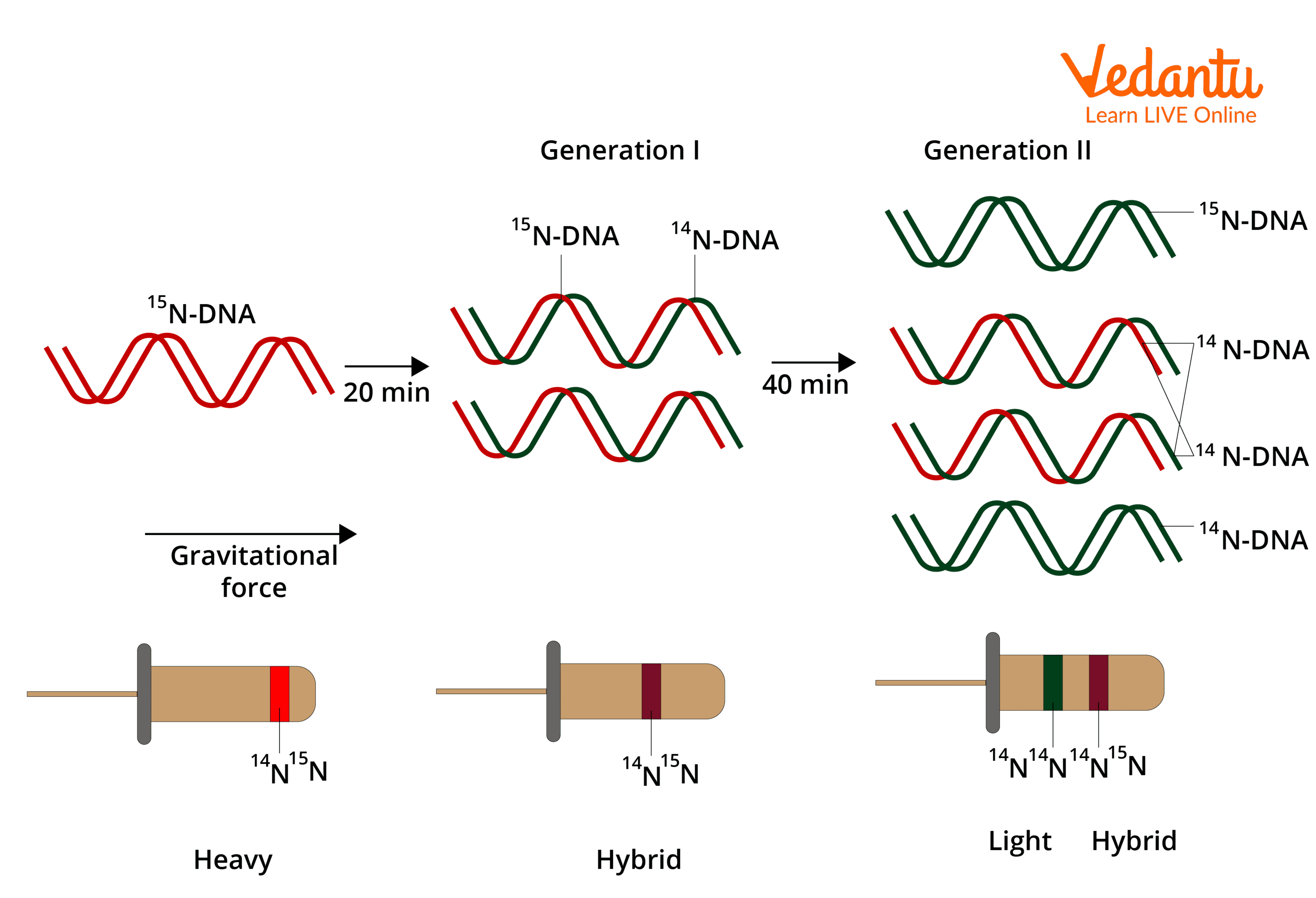DNA replication
Before a cell can divide (cytokinesis), the nucleus must divide (mitosis). The DNA must be replicated so each daughter cell receives the correct genetic information. DNA replication is semi-conservative. Two identical molecules are produced each containing one original strand (acting as a template) and one new strand. DNA replication starts at many sites along a chromosome to reduce the time taken to replicate the chromosome.
Semi-conservative DNA replication:
Remove histone proteins from DNA and activate DNA nucleotides by addition of 2 phosphate groups from ATP.
Gyrase unwinds the DNA and DNA helicase unzips the DNA by breaking the hydrogen bonds between the bases to separate the 2 DNA strands.
Two DNA polynucleotide strands are exposed and both act as templates.
DNA polymerase binds to each template strand.
Free activated DNA nucleotides align via complementary base pairing to template strands and bind forming hydrogen bonds between the bases.
DNA polymerase catalyses the condensation reaction that joins the nucleotides together by the formation of a phosphodiester bond.
DNA is rewound and wrapped around histones to form chromosomes.
The 2 strands in DNA are antiparallel. DNA polymerase synthesises DNA in the direction 5’ to 3’ so can only add nucleotides on to the 3’ end. Therefore, one DNA strand is synthesised continuously (leading strand) whilst the other DNA strand (lagging strand) is synthesised as a series of short DNA fragments (Okazaki fragments) that are later joined together in a condensation reaction by the enzyme DNA ligase to form a complete strand.
Enzymes involved in DNA replication
Gyrase | Unwinds/uncoils DNA |
DNA helicase | Unzips DNA by breaking hydrogen bonds between the bases to separate the strands. |
DNA polymerase | Catalyses the condensation reaction that joins adjacent nucleotides together by phosphodiester. |
DNA ligase | Catalyses the condensation reaction that joins short DNA fragments together to form a complete strand of DNA in the synthesis of the lagging strand. |
Evidence for semi-conservative DNA replication
Meselson-Stahl experiment:
E. coli bacteria were grown on a medium containing the normal 14N isotope of nitrogen.
The E. coli were then switched to a medium containing the heavy nitrogen isotope 15N and grown for many generations until most of the DNA was labelled with 15N.
The bacteria were then transferred back to a medium containing the normal 14N isotope and were allowed to reproduce for 1,2 or 3 generations.
DNA was extracted from the bacteria after each generation.
DNA was analysed by centrifugation through a caesium chloride density gradient to separate the DNA molecules according to density.
The results that Meselson and Stahl obtained were consistent with semi-conservative DNA replication as after the first generation they obtained DNA of intermediate density, which is not possible with conservative replication.

Mutations
It is important that DNA replication is accurate, otherwise mutations may occur and the daughter cells will not have the correct genetic information required to synthesise proteins. A mutation is a random change in the DNA base sequence. Mutations, may or may not alter the phenotype (observable characteristics) of an organism. If the mutation occurs within a gene, it produces a new allele and may alter the amino acid sequence of the polypeptide and so alter its function. During DNA replication, if a mismatched base is inserted the DNA polymerase removes it and re-inserts the correct base. After DNA replication, DNA mismatch repair mechanisms operate to check the DNA for errors and repair the new DNA strand.
 Knowt
Knowt
